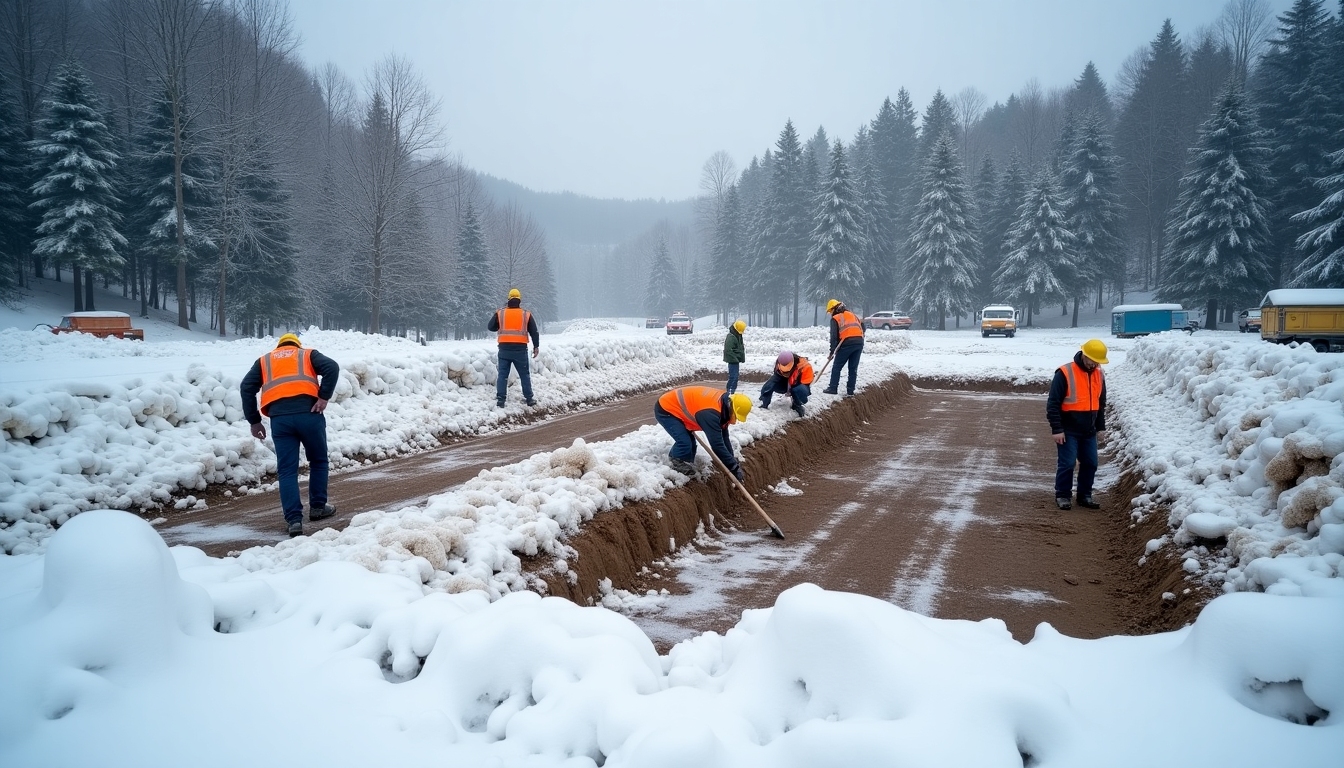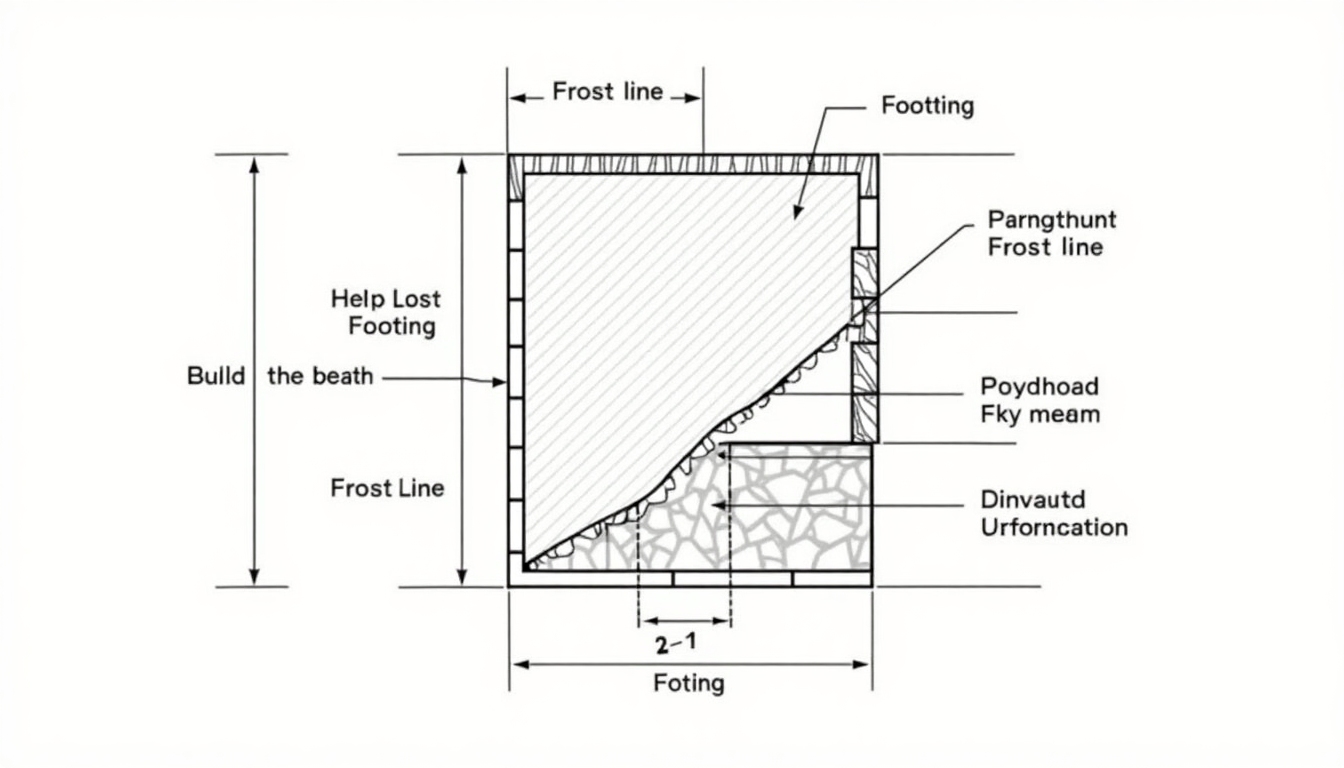Frost Line Guidelines for Structural Engineers
A Quick Look into Frost Line Guidelines
Understanding frost line guidelines for structural engineers ensures buildings stand tall with deep-seated foundations that resist seasonal challenges. Delve deeper to master this critical aspect of engineering.
The Importance of Frost Line in Construction
The term frost line refers to the maximum depth at which ground soil is expected to freeze during the winter months. For structural engineers, yes, this seemingly innocent term holds a world of importance. Why so? Well, placing footings below this line prevents frost heave—a phenomenon where the expansion of ice in the soil can wreak havoc on structural foundations.
To put it simply, if the footings are too shallow, the upward pressure during freezing could lead to cracks and misalignment in structures. Consequently, it allows for instability in buildings, threatening their integrity.

Frost Line Depth: Variations and Influences
Frost line depth varies tremendously based on geographical regions. In warmer climates, the frost line may be just a few inches below the surface, while in colder regions, it can extend several feet deep. The varying ground conditions—mostly a product of climatic changes, soil type, and local topography—demand that structural engineers read vastly varied maps and rely on regional data.
Here's a brief glimpse into how different regions affect the frost line:
- Northern States: Often exceeds 4 feet
- Southern States: Generally less than 1 foot
- Mountainous Areas: Can be deeper due to altitude-related temperature changes

Calculating Footing Depth
When it comes to footing calculation, incorporating frost line depth is imperative. The basic rule is to place the bottom of the footing below the frost line to avoid the effects of frost heave. Not only does this ensure stability, but it also meets the safety codes and regulations that are vital for structural integrity.
Steps for Accurate Footing Calculation:
- Identify Frost Line Data: Use local weather data and construction codes for accurate information.
- Assess Soil Quality: Soil type affects frost penetration. Clay holds moisture and freezes deeper than sandy soil.
- Calculate Load Requirements: Determine how much load the footing must bear.
- Consider Building Codes: Always align with local and national building standards.
Essentially, the calculations must be thorough and according to accurate regional data to avoid potential pitfalls.

Personal Insights from the Field
Having dedicated over a decade to structural engineering, I've seen my fair share of frost line impacts, especially in northern climates. One enduring lesson is the critical nature of preparation.
In a project I led in Minnesota, underestimating the frost line depth was once nearly catastrophic. Our preliminary calculations suggested a depth that barely exceeded three feet. However, after a localized soil survey and historical climate examination, we adjusted to five feet—just in time to avoid being compromised during an unusually cold winter.
Actionable Tip: Regularly update your sources and databases on frost line data as these are subject to change with climate patterns.
Concluding Thoughts
For structural engineers, understanding and adhering to frost line guidelines is not just about preventing frost heave—it's about upholding structural integrity, safety, and compliance. Keep up with climate data, adjust calculations as needed, and never overlook local regulations.
Recommended Readings
Did this discussion spark your curiosity for more engineering insights? Then check out these reads:
- The Complete Guide to Building Foundation Principles
- How Climate Change is Affecting Construction Practices
- Implementing Sustainable Building Codes
- Geotechnical Engineering and Environmental Challenges
All provide deep dives into ensuring that your next project stands firm and frost-free. Happy building!





